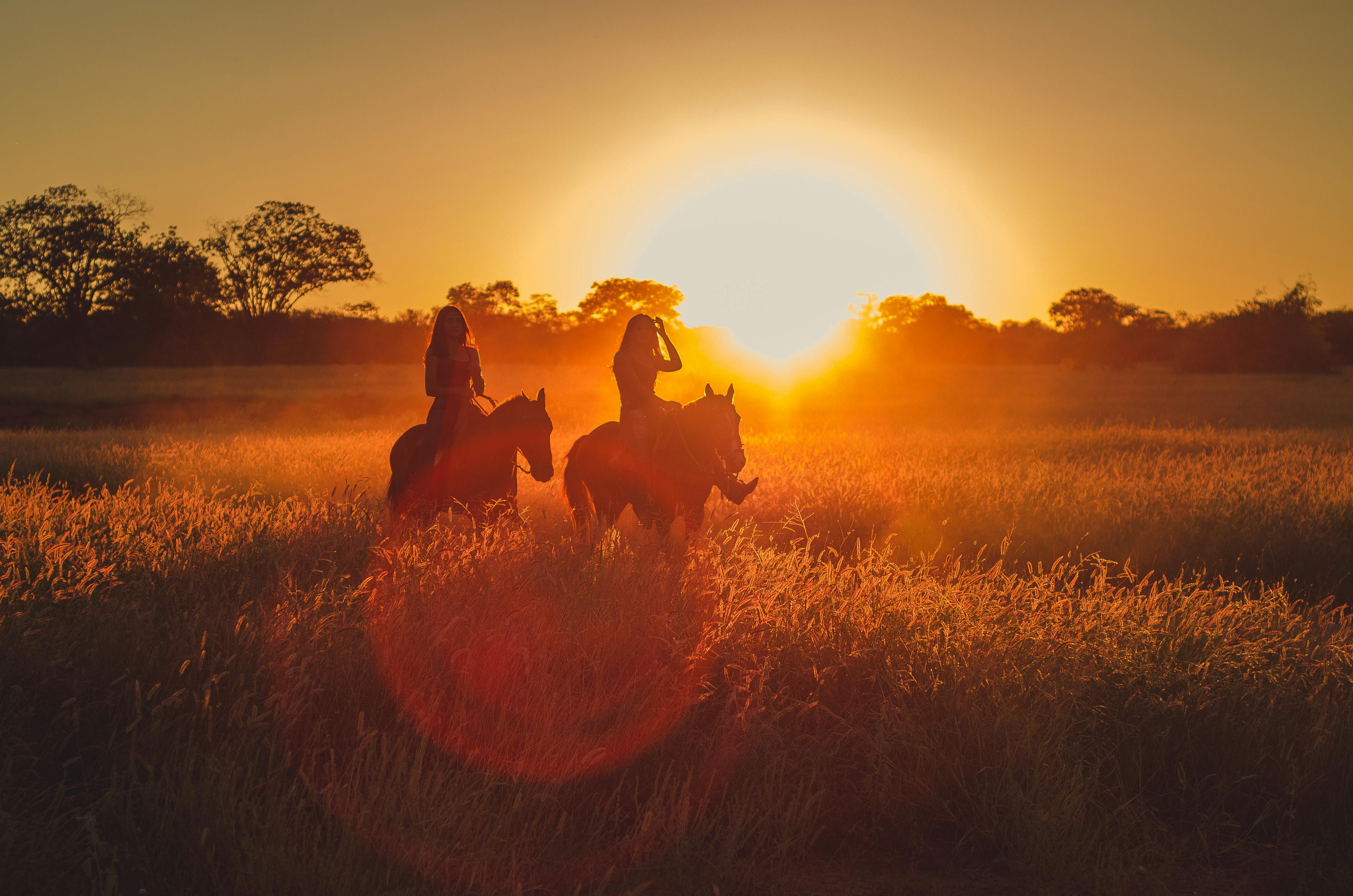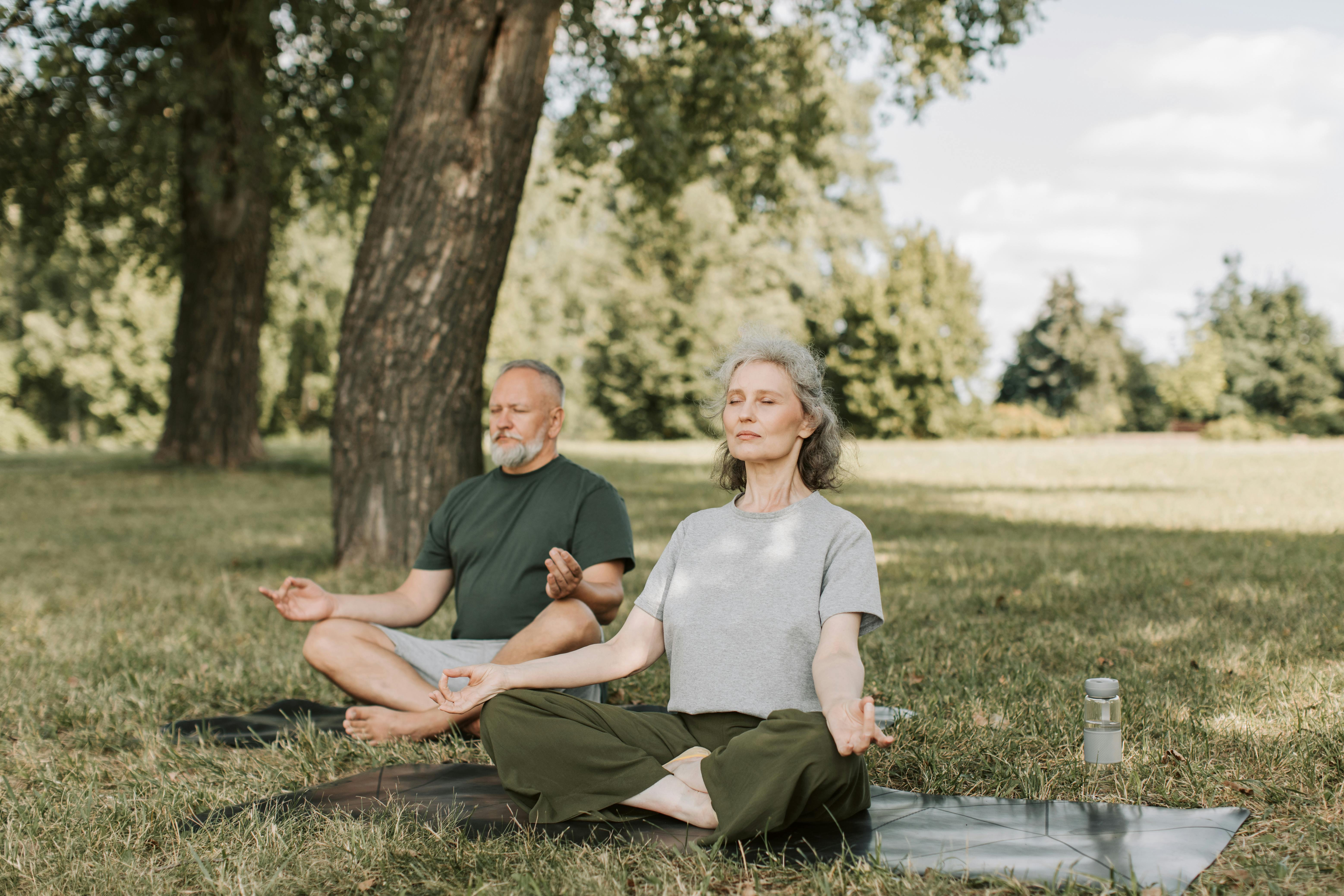The Renaissance of Forgotten Travel Modes: A Glimpse into the World of Horseback and Walking Tours
Travel and transportation have undergone significant shifts throughout history. From the ancient times when foot and horseback were the only available options, to the present day where air travel and high-speed trains dominate, the evolution has been profound. However, recent years have seen the resurgence of these forgotten modes. Walking and horseback riding are no longer confined to the realms of leisure activities and sports. They have re-emerged as unique ways to explore the world, reconnect with nature, and experience local cultures.

Riding and Walking: Modern Travel Trends
Walking and horseback tours are gaining popularity among travelers who seek authentic experiences, connection with nature, and slower-paced journeys. It’s a break from our fast-paced, digital world, offering a chance to slow down and truly immerse oneself in the surroundings. These travel styles also offer a more sustainable choice, reducing carbon footprints and contributing to eco-friendly tourism.
Advantages, Challenges, and Impact
Walking and horseback riding tours have numerous advantages. They offer a more intimate connection with nature, provide opportunities for physical activity, and allow travelers to explore off-the-beaten-path locations. However, they do present some challenges such as physical fitness, unpredictable weather, and the need for proper planning. Despite these challenges, the impact on travelers is profound, leading to enriching, memorable experiences, a deeper understanding of local cultures, and enhanced sustainability.
The Renaissance: Backed by Research
Research supports the growing interest in these travel modes. Studies suggest that such active travel can significantly improve mental and physical health. It also fosters a deeper connection with the environment, promoting responsible tourism. Walking and horseback riding tours are not merely travel trends, but reflection of a larger shift toward sustainable, experiential travel.
Did You Know?
- Horseback riding can burn up to 200 calories per hour, making it a great way to stay in shape during your travels.
- Walking is the most eco-friendly mode of transportation, with zero carbon emissions.
- Walking and horseback riding allow you to access paths and trails that are inaccessible by car or bus.
- Some destinations have specific trails designed for walking or horseback riding, providing a unique way to explore the area.
Wrapping Up
The renaissance of forgotten travel modes, particularly walking and horseback riding tours, is a refreshing development in the travel and transportation industry. It offers a unique, immersive, and eco-friendly way to explore the world. Embracing this trend not only enriches our travel experiences but also contributes to sustainability and responsible tourism. So, as you plan your next journey, consider stepping away from the conventional means of travel and take the path less traversed.





